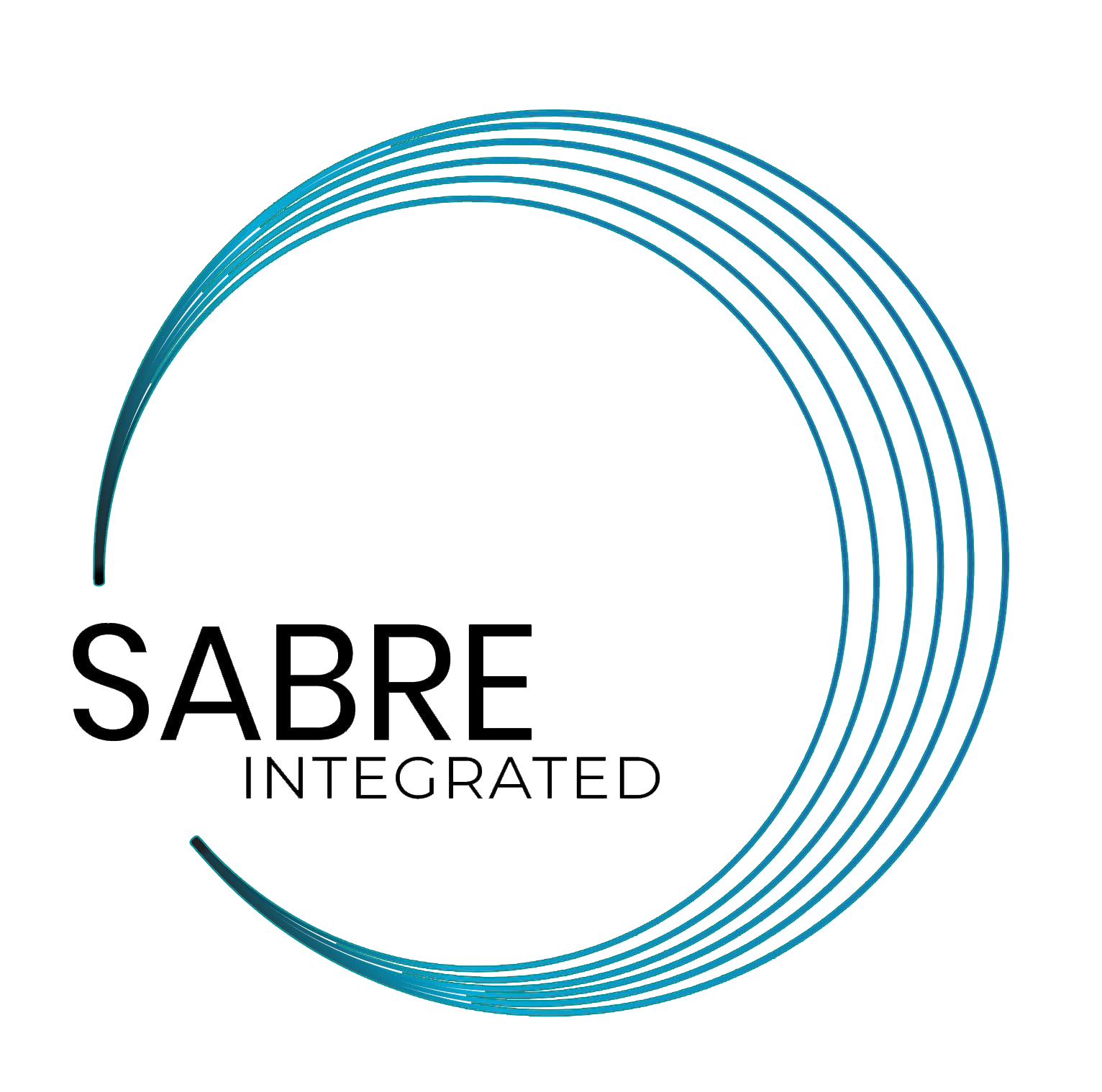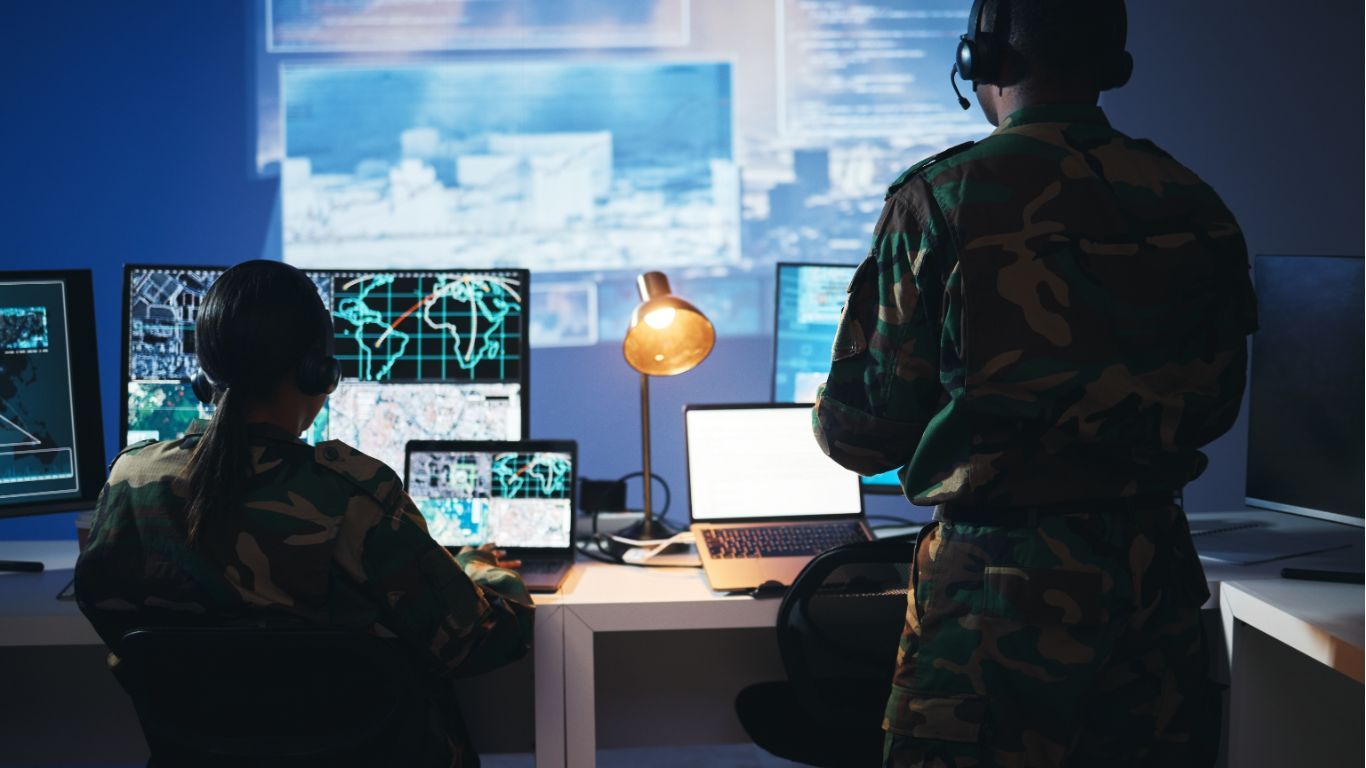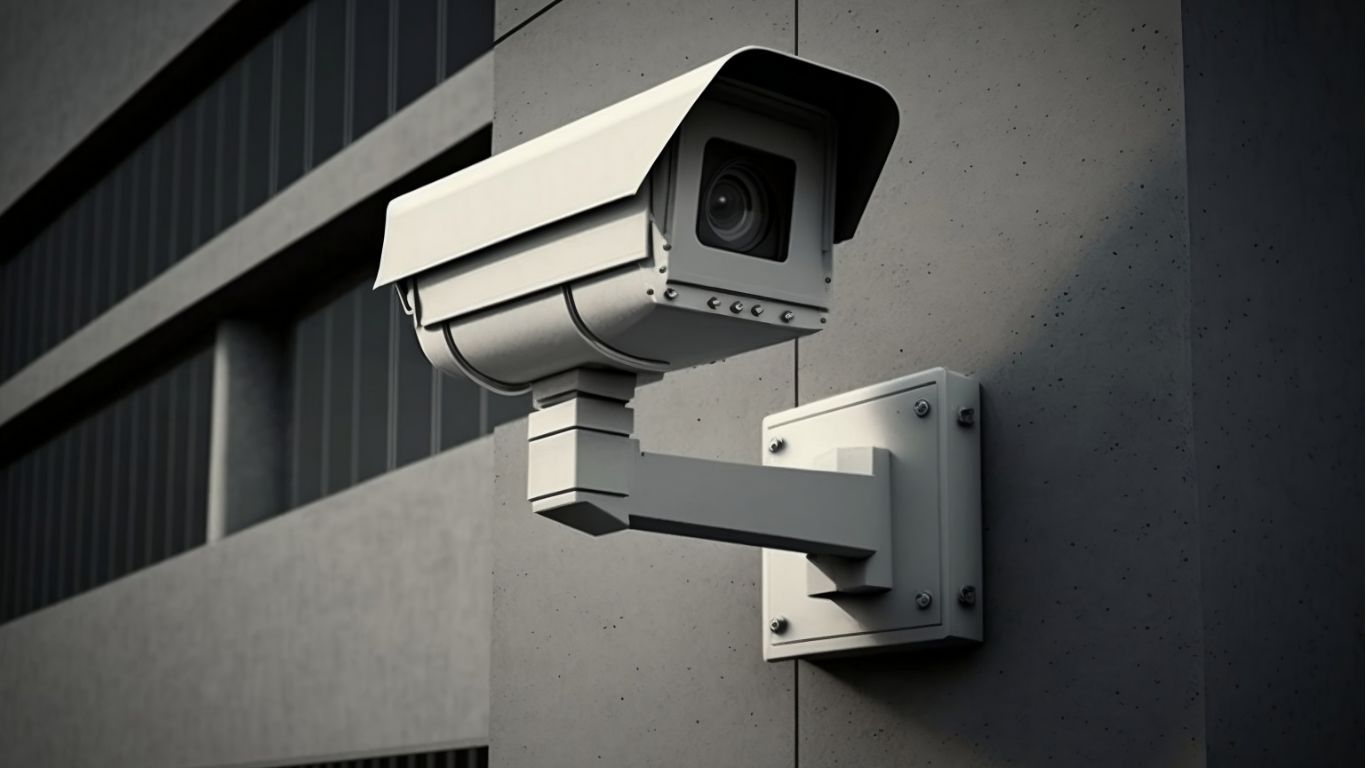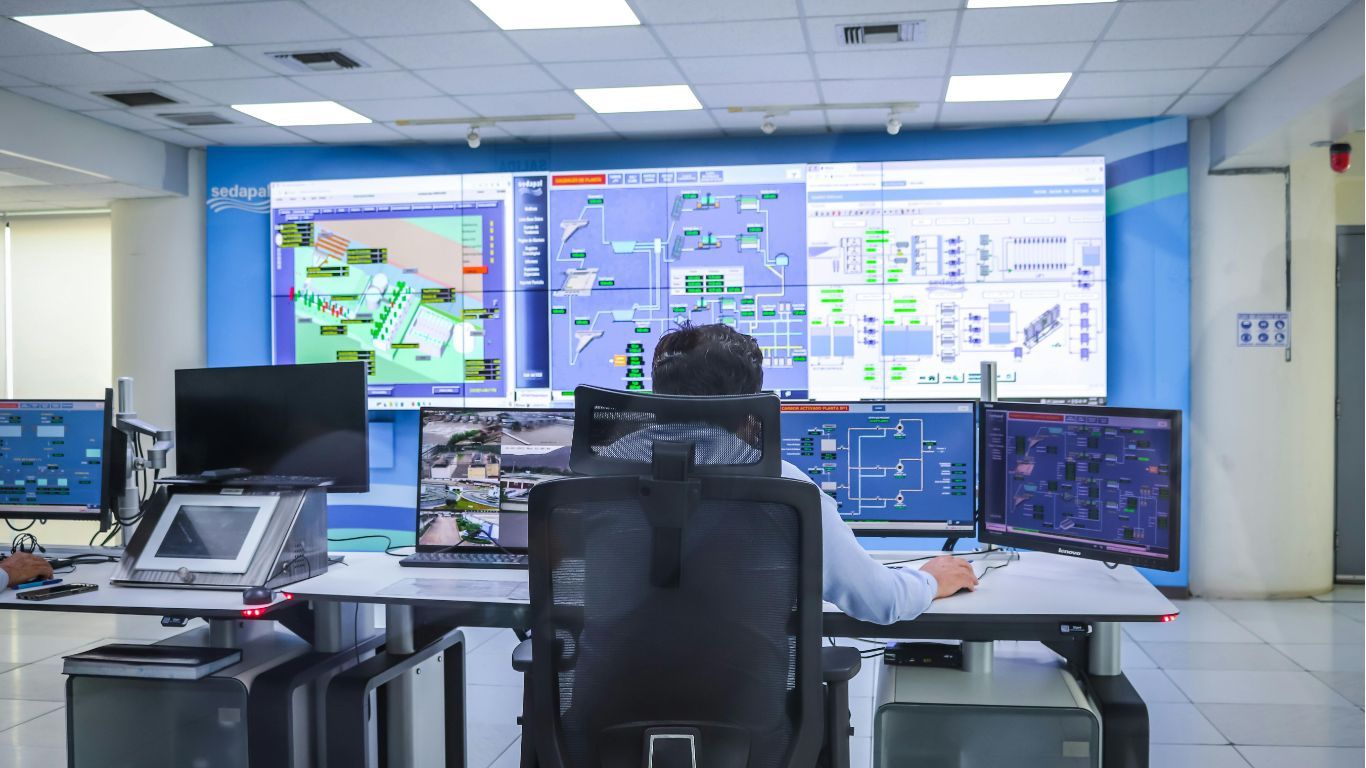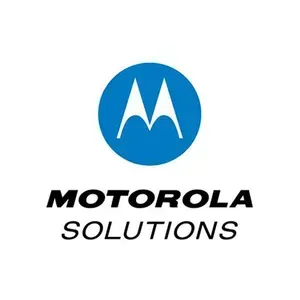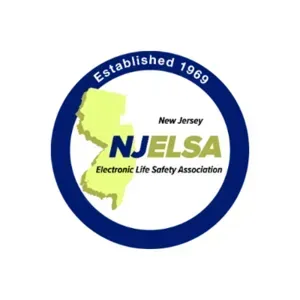3 Ways Video Surveillance is The First Line of Defense in Schools and Colleges
School security and teachers can’t be everywhere. Video surveillance fills a mission-critical security gap, making it easier for hallways, stairwells, elevators, cafeterias, playgrounds and other public spaces to be monitored.
Violence is classed as physical bullying, assault, threats, and weapon-carrying.
In classrooms, students are supervised, the majority of the time. In other public spaces, there are usually teachers or other staff members present in some capacity. But not everywhere. And not all of the time.
Where is violence more likely to occur?
- Anywhere in the school grounds and buildings not known to have teachers or staff members supervise.
- Corridors and stairwells are traditional places for bullying, intimidation, and violent altercations. Hidden and out-of-the-way spaces are also increasingly used for suicide attempts.
-
Quieter departments and corridors, and behind buildings, are also unsafe for victims of violence. So are sports fields and playgrounds. To a lesser extent, cafeterias are potentially places where violence can occur. As are elevators and sports changing rooms.
Would video surveillance reduce the risk of violence?
According to research, “Approximately 6 out of 10 public and 4 out of 10 private schools report using cameras.”Here a 3 reasons why more schools should adopt the use of video surveillance as part of a comprehensive school security plan:
- Deters crime and violence: Potential perpetrators, knowing there are cameras around, are less likely to victimize others, damage property, carry a weapon into school, do drugs, or steal. The presence of cameras acts as a deterrent, especially when schools advertise the presence of 24/7 surveillance.
- Identify perpetrators. If cameras and other security doesn’t deter a pupil or outsider from committing a crime, they can be accurately identified. When it comes to police, incident or insurance reports (in the event of theft or damage), an incident is accurately recorded, and stored in the cloud for 24/7 recall and access from anywhere, on any device.
- Adhering to compliance and safety guidelines. One of the challenges facing those in security roles, is who’s responsible? Where does the buck stop? Who is legally at fault if something isn’t handled properly?
- With video, any incidents that are disputed or under investigation can be resolved more accurately, without resorting to finger pointing and speculation. Video surveillance safeguards everyone, including those who are responsible for keeping students and staff safe.
- Video surveillance is a deterrent and an effective way of getting justice in the event of anything happening on school grounds.
- In private schools and campuses with urban campuses, risk factors are higher, making access control and 24/7 secure video surveillance a necessity for keeping everyone safe.
- Cloud-based video security systems offer more flexibility than was possible with traditional on-site security solutions. Managers and directors can review surveillance camera footage on smartphones and tablets, around the clock, wherever you are.
Sabre Integrated Solutions
Keeping Schools and Colleges safe in a dangerous world
- Keeping schools safe
is a challenge every security director, facilities managers and school administrator faces across the country.
- School shootings happen far too often
, they are a familiar tragedy across the country. More common threats and challenges include guns and knives to violence, drugs, even cyber- attacks and malicious hacking.
- Educators face a series of challenges . Discipline is difficult to enforce. Liability is a substantial challenge. Clear guidance isn’t always easy to find about who is responsible for student safety, and where liability sits within management teams.
Protect your students
Protect your assets
Liability is a substantial challenge
SHARE POST:
Clifford F Franklin
FOUNDER & CEO SABRE INTEGRATED SECURITY SYSTEMS, LLC
Clifford F Franklin has more than 40 years of experience in the security industry.
Leave A Comment
Recent Posts
